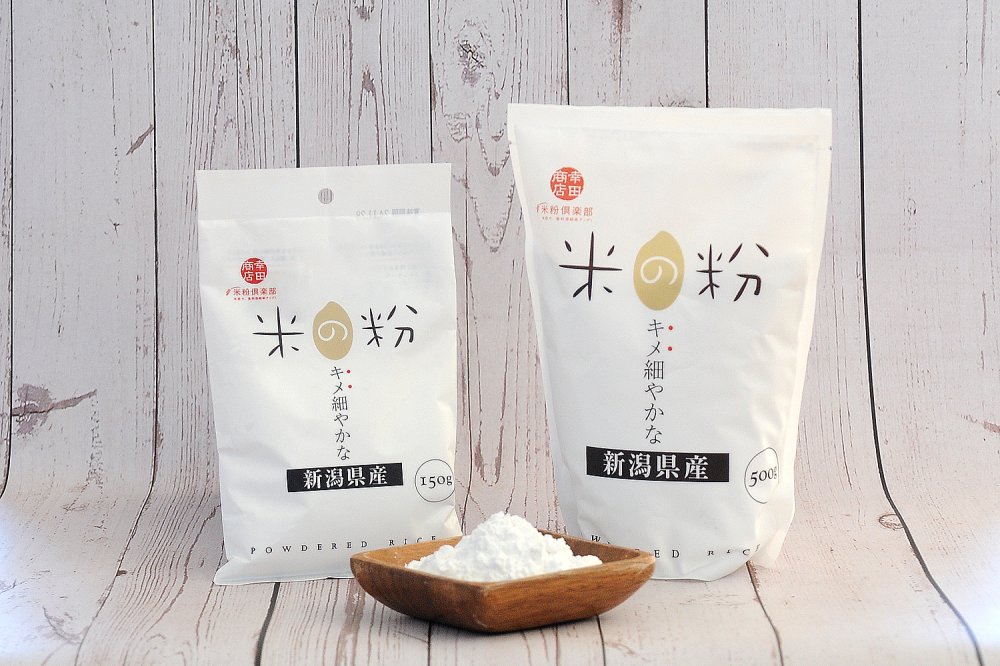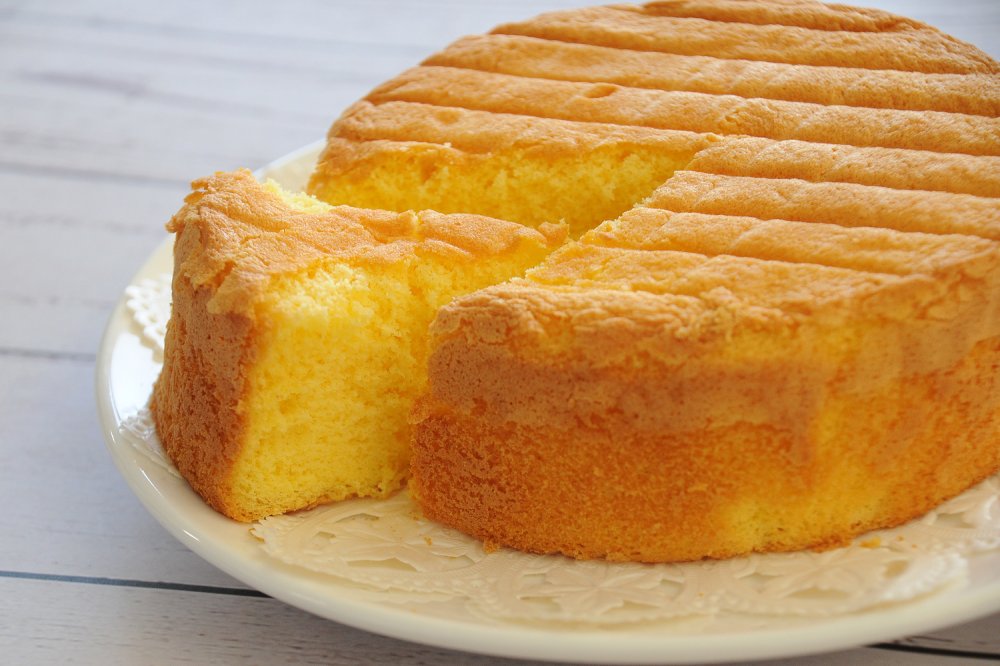- Home
- Recommendation
- A gluten-free delight! Proudly introducing the finely textured “Rice Flour”.

A gluten-free delight! Proudly introducing the finely textured “Rice Flour”.
Rice Flour from Kouta Shouten Co., Ltd. is a gluten-free rice flour gaining popularity as a substitute for wheat flour.
Kouta Shouten is a company that processes and develops fresh agricultural products, “aiming to deliver the richness of food and the deliciousness of produce to everyone.” This includes a variety of items such as “hoshiimo” (dried sweet potato), “kinako” (roasted soybean flour), and dried vegetables.
The manufacturing plant conforms to the JFS-B standard issued by the Japan Food Safety Management Association, ensuring thorough hygiene and safety management.
The most notable feature of Kouta Shouten's Rice Flour is its fine texture. The ingredients are 100% “uruchi” (non-glutinous) rice from Niigata Prefecture, a top-quality rice-producing region in Japan. The flour’s particle size is about 50μ (microns).
In most conventional products, rice is made into flour by a “roller milling method” where the raw materials are passed through a rotating metal roll and ground into a powder.
Kouta Shouten, on the other hand, uses an “airflow milling method”, in which the machine generates a high-speed vortex of air currents that cause the raw materials to collide against each other and the machine’s inner wings to produce a fine powder.
This process does not damage the grain and neither does it cause heat damage due to friction. As such, the flavor of the rice is not lost and a fine flour is produced, making a product suitable for a wide range of uses such as confectionery, bread, and noodles.
“For example, when making chiffon cake with Kouta Shouten's Rice Flour and another cake using roller-milled rice flour, the difference is clear. Chiffon cake made with Kouta Shouten's Rice Flour is overall fluffy, with a remarkably soft texture”, according to Mr. Ariga, the company’s manager. He added, “When making bread with Rice Flour, the particles are not damaged, so less water is absorbed during processing. This results in a soft and light texture that is more comparable to wheat flour.”
This flour can be used in countless ways such as for cakes, spring rolls, fried foods etc., but Mr. Ariga recommends making “hand-kneaded pasta.”






 Singapore
Singapore Vietnam
Vietnam United States
United States Hong Kong
Hong Kong Taiwan
Taiwan